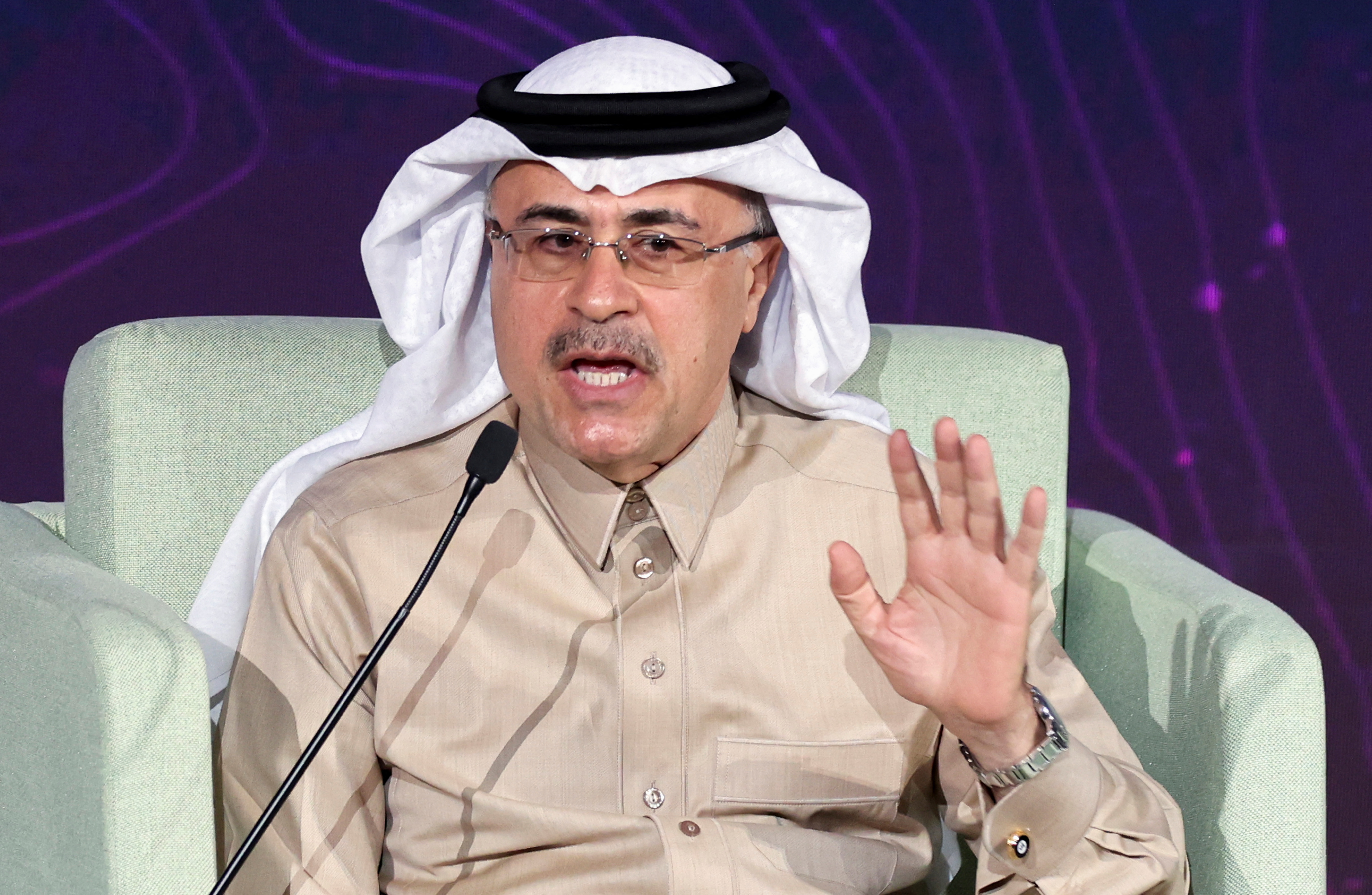
The call for Transition Plan 2.0 reflects the broader recognition that energy transitions must be inclusive and adaptable, considering the diverse economic development stages and energy needs across different nations. As countries in Asia and the Global South continue to experience rapid urbanization and industrial growth, their energy requirements are shifting dramatically. This presents a dual challenge: meeting the increasing demand for energy while simultaneously advancing sustainability goals.
Nasser pointed out that many countries in these regions are grappling with energy poverty, where access to affordable and reliable energy remains limited. He argued that any transition plan must prioritize energy security and affordability. "We need to ensure that energy transition strategies do not compromise the energy security of developing nations," Nasser stated, highlighting that an equitable transition must ensure that all communities have access to the energy they need to grow and prosper.
Aramco's new strategy also comes in light of recent global developments, including geopolitical tensions and the increasing urgency to address climate change. Nasser stressed that collaboration among governments, private sector entities, and civil society is essential for devising effective solutions. He advocated for a multi-faceted approach that incorporates renewable energy sources, advancements in technology, and investment in infrastructure to facilitate energy access and efficiency.
One of the cornerstones of Transition Plan 2.0 is the promotion of hydrogen as a cleaner energy source. Hydrogen has gained traction as a pivotal player in decarbonizing various sectors, including transportation and heavy industry. Nasser highlighted Aramco's ongoing efforts to explore hydrogen production and its potential role in diversifying energy sources in Asia and the Global South.
The plan seeks to leverage the strengths of established oil and gas industries while investing in renewable energy technologies. Nasser underscored the importance of integrating traditional energy sources with renewables, which can provide a stable foundation as countries transition towards more sustainable energy systems. This hybrid model is seen as crucial for ensuring that energy transitions are both feasible and economically viable.
Nasser's remarks resonate with the increasing emphasis on the role of emerging markets in global energy discussions. Countries in Asia, particularly China and India, are leading the charge in energy consumption and are poised to shape future energy trends significantly. As these economies grow, their energy policies will likely have far-reaching implications on global energy markets, making it imperative for companies like Aramco to adapt their strategies accordingly.
A key element of Transition Plan 2.0 is building partnerships with governments and businesses across Asia and the Global South. By fostering collaboration, Aramco aims to share expertise and resources that can help accelerate the energy transition process. Nasser mentioned several ongoing initiatives where Aramco collaborates with local entities to develop tailored energy solutions that align with regional goals and capabilities.
Investment in technology is another critical aspect of the proposed transition plan. Nasser emphasized the need for research and development to drive innovation in energy systems, which could lead to more efficient processes and better resource management. He pointed out that investing in carbon capture and storage technologies could play a pivotal role in reducing emissions from fossil fuel use, thus aligning with global climate targets.
The backdrop of the energy transition narrative also involves a growing urgency to tackle climate change. Nasser stated that Aramco recognizes its responsibility to contribute to global climate goals while ensuring that economic growth remains a priority. This balancing act is vital, especially as developing nations seek to expand their economies and improve the quality of life for their citizens without exacerbating environmental challenges.
The discussions surrounding Transition Plan 2.0 are particularly timely given the evolving dynamics of global energy supply and demand. Nasser's vision aligns with the broader trends of decarbonization and sustainability that are increasingly shaping energy policies worldwide. The plan not only seeks to position Aramco as a leader in the energy sector but also aims to foster a more inclusive and equitable transition for developing economies.
Topics
Spotlight
